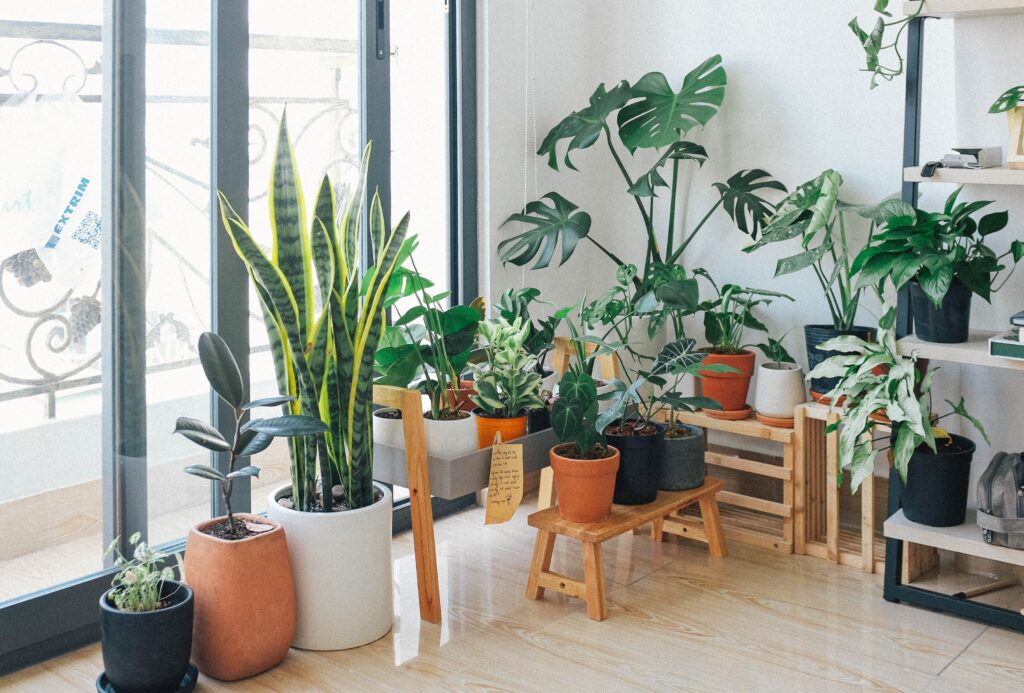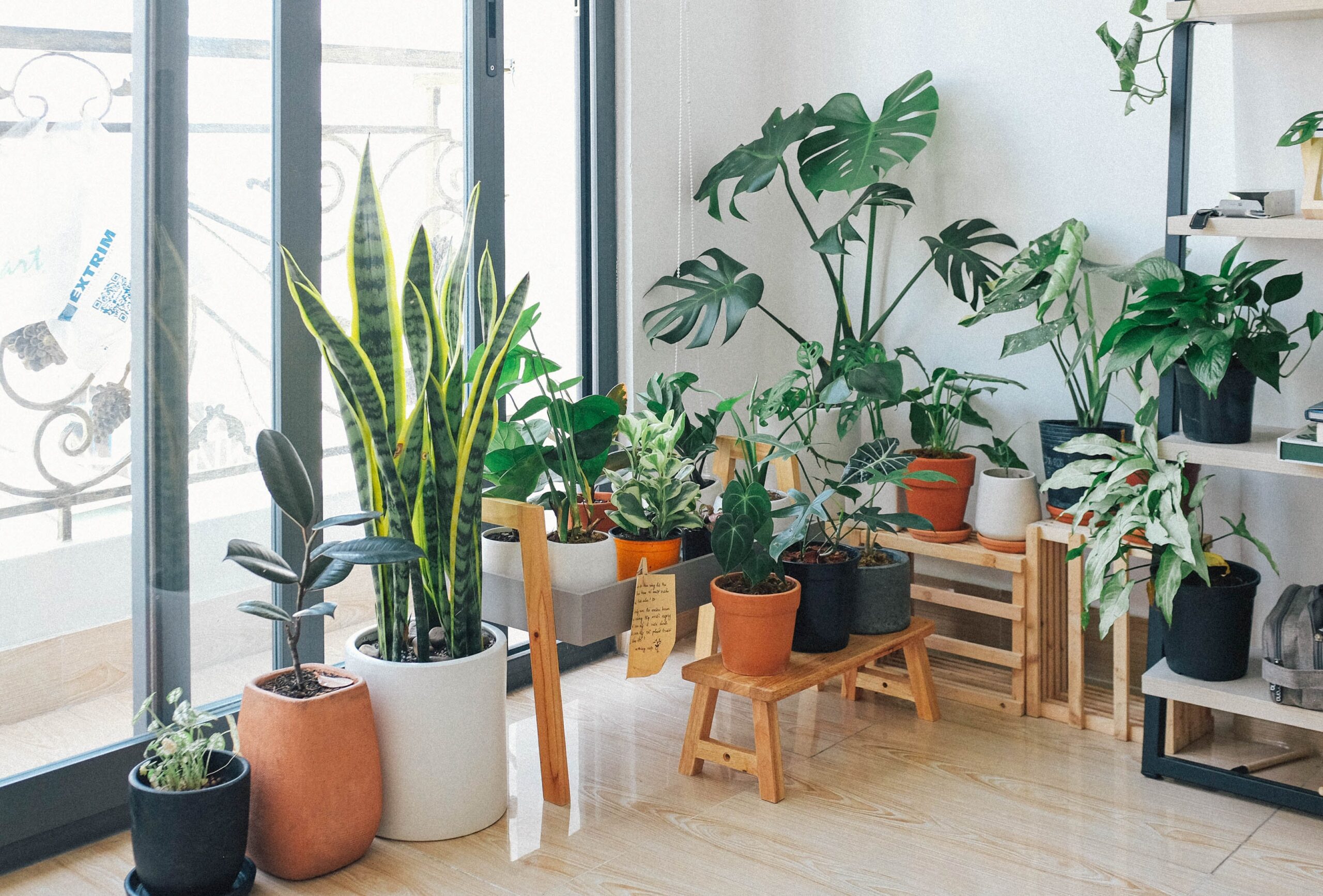The word trend evokes different responses in people, with many associating the word with temporary fads. But trend refers to a general direction of change, whether it’s in art, culture, or home design. One of the biggest trends in home design for 2022 will be a continuation of what we have seen over the last few years – incorporating more nature and greenery into our homes.
Why turn to nature?
There are several reasons, chief amongst them being able to create a soothing and comforting space. Adding a few potted plants to a room can improve the air quality and allow our eyes to rest from staring at screens all day. Using natural materials is also sustainable as more people realize the effects of disposable furniture on the environment.

How to incorporate nature-inspired decor in your home
Magazines often feature incredible homes that blend indoor and outdoor space to create the illusion of seamless continuity. While you may not be able to recreate those homes (hello winter snowstorm!) you can add a touch of nature to an existing room quite easily. So if you are interested in bringing nature inside, here are a few ideas:
Use more earthy tones like browns and greens
The trend towards more earthy colour palettes fits nicely with nature themes. For instance, colours like mustard, terracotta, or chocolate brown and muted tones like olive green can add warmth to a minimalist room. You see these colours in nature often and they are relaxing to look at. As a bonus, these colours work very well together and it’s quite easy to build a cohesive design around them.
Some colours that work very well with browns include muted pastels, shades of blues and greens, as well as neutrals like greys and white.
Bring plants indoors
The benefits of indoor plants cannot be overstated. From improved air quality to stress relief and increasing humidity in dry environments, plants are a great idea inside your home. But you don’t have to limit yourself to small potted plants on a side table. There are so many ways to incorporate greenery including:
- Hanging pots with plants from the ceiling
- Training plants to grow down the sides of a tall bookcase or across a trellis on the wall
- Adding tall tree-like plants to draw the eye up and open up a small room
- Use succulents in different sizes on shelves, side tables, or in open cubes as room dividers

Use more natural materials
Using more natural materials everywhere also helps in creating warm and inviting spaces. Think of materials like cotton, wicker, rattan, wood, and natural stones. Stones like marble and wood are good for creating different types of flooring while natural textiles are ideal for living rooms and bedrooms.
Natural materials also allow you to create an eclectic design without much effort. Marble comes in unique designs that are impossible to replicate. No two pieces of marble will ever look the same. The same applies to natural materials such as cotton which come in a variety of colors. They also bring different textures into any room instead of hard glass and metal everywhere.
Use curved shapes, soft textures, and round edges
It’s hard to find straight lines in nature. You’ll mostly see rounded curves and soft textures. Use similar features in your home to evoke a natural environment. Use a round side table or large mirror to soften straight lines from windows and doors. If you’re painting a feature wall, move away from geometric shapes and use circles or wavy lines instead.
Use a bookcase with a rounded top instead of the standard rectangle to draw your attention up. Arches, doorways, windows, and even fireplaces can add a touch of nature and motion to the room.
Nature-inspired wallpaper and decals

If you don’t fancy breaking out the paint nor have the budget to buy new furniture, then nature-inspired wallpaper is a great idea. There are thousands of options to choose from, whether you want to recreate the rainforest or bring your garden indoors. Avoid too many flowers – unless you’re going for a retro vibe – but wallpaper with green leaves, vines, and trees are all great ideas.
You don’t have to cover an entire wall with the design either. If you have a room with distinct areas (dining room/office or studio/bedroom) you can use the wallpaper to enhance the distinction. Consider non-traditional surfaces for wallpaper such as the ceiling. Cover it with a forest or sky design to finish the room!
If you prefer a more subtle touch, then artwork or photographs work just as well. You can focus on a single large piece (for the living or dining room) or create a small cluster with similar colors for odd spaces like a foyer.











































